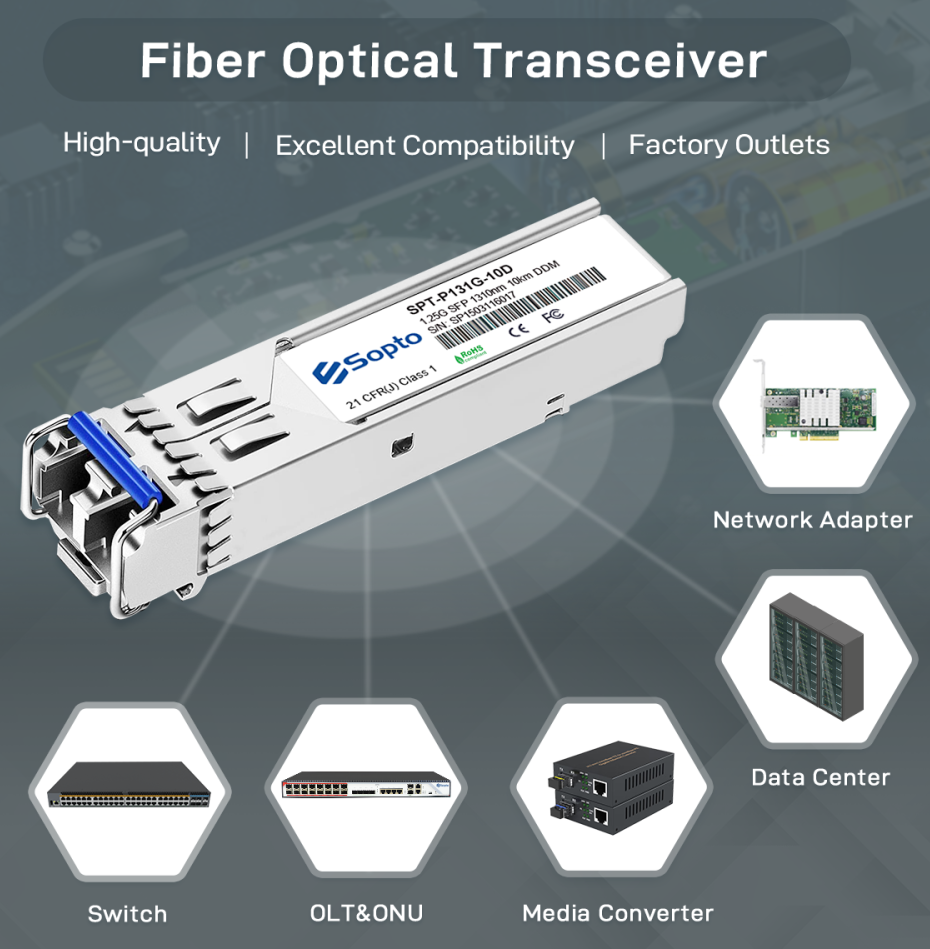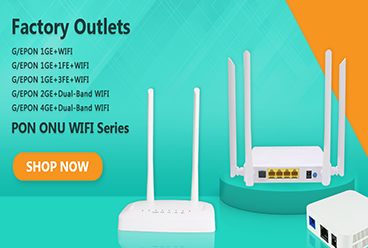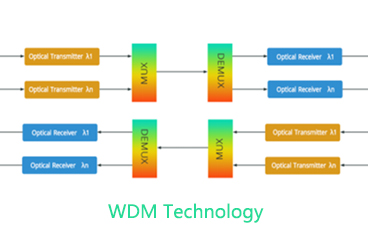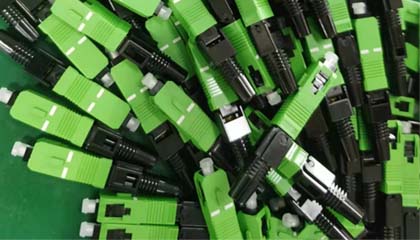Dealing with compatibility issues of optical modules and selecting the right optical module involves considerations such as interface standards, wavelength, and data transfer rates between optical modules. Here are some recommendations for handling optical module compatibility and choosing suitable optical modules.
Compatibility Handling
Interface Standards: Ensure that the interface standard of the optical module matches the interface standard between the optical module and the network equipment. Common interface standards include GBIC, SFP, SFP+, QSFP, etc. Different standards may not be compatible, so it is essential to ensure that the selected optical module matches the interface standard of the equipment.
Wavelength Matching: The wavelength of the optical module should align with the requirements of the network equipment. Generally, single-mode optical modules are used for long-distance transmission, while multimode optical modules are suitable for short-distance transmission. Ensuring wavelength matching is crucial for maintaining communication quality.
Data Transfer Rate: The data transfer rate of the optical module should be in accordance with the requirements of the network equipment, such as 1G, 10G, 40G, 100G, etc. Mismatched rates may lead to communication errors or the inability to establish a connection.
Optical Module Type: Some applications may require specific types of optical modules, such as the packaging type of the optical module (e.g., passive optical components, modems, etc.). Ensure that the selected optical module meets the specific requirements of the application.

Choosing the Right Optical Module
Network Requirements: Determine the performance requirements of the network, including bandwidth, distance, reliability, etc. Based on these requirements, choose the type, rate, and wavelength of the optical module.
Device Compatibility: Refer to the specifications manual of the equipment to understand the supported types and specifications of optical modules. Choose optical modules that are compatible with the equipment.
Future Expansion: Consider future expansion plans for the network and select optical modules that support higher data rates or longer-distance transmissions to accommodate future upgrade needs.
Brand and Quality: Choose optical modules from reputable brands and ensure that their quality and performance meet industry standards. Low-quality optical modules may lead to network failures and performance issues.
Cost Considerations: While ensuring that the selected optical module meets the requirements, also consider choosing options within a reasonable cost range. Compare different brands and models of optical modules to find the best cost-performance ratio.
In summary, handling compatibility issues and selecting optical modules require a comprehensive consideration of network architecture, equipment specifications, performance requirements, future expansion plans, and cost factors. It is advisable to thoroughly research the specifications of the equipment and optical modules before making a purchase to ensure compatibility.
Sopto Technology has its own optical module production line. All optical modules provided are RoHS compliant and 100% compatible with brand equipment, such as Cisco, Huawei, MikroTik, Extreme, Juniper, HP, H3C, Linksys, Huawei, Alcatel-Lucent, Foundry, Nortel, Force10, etc. If you would like more accurate information or to get pricing, please contact us. email: [email protected]
Tags : Optical module, SFP, QSFP
— END —























